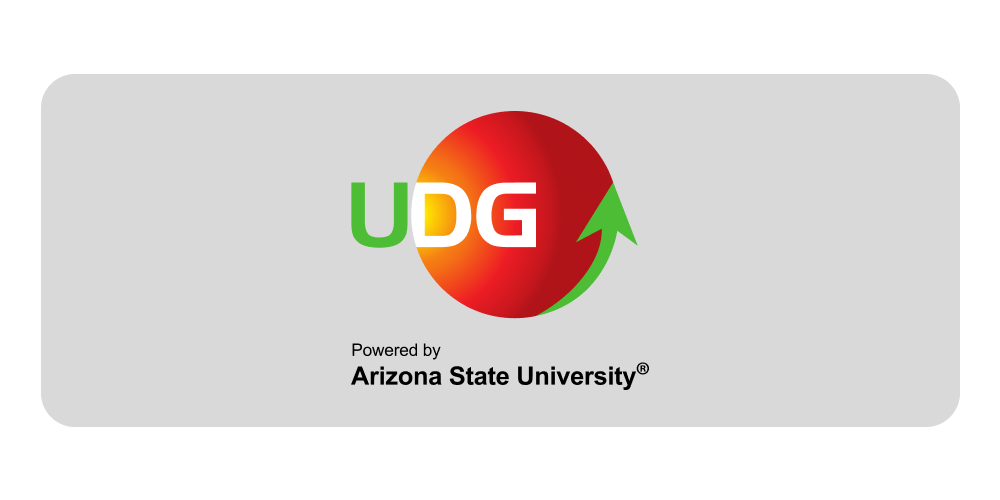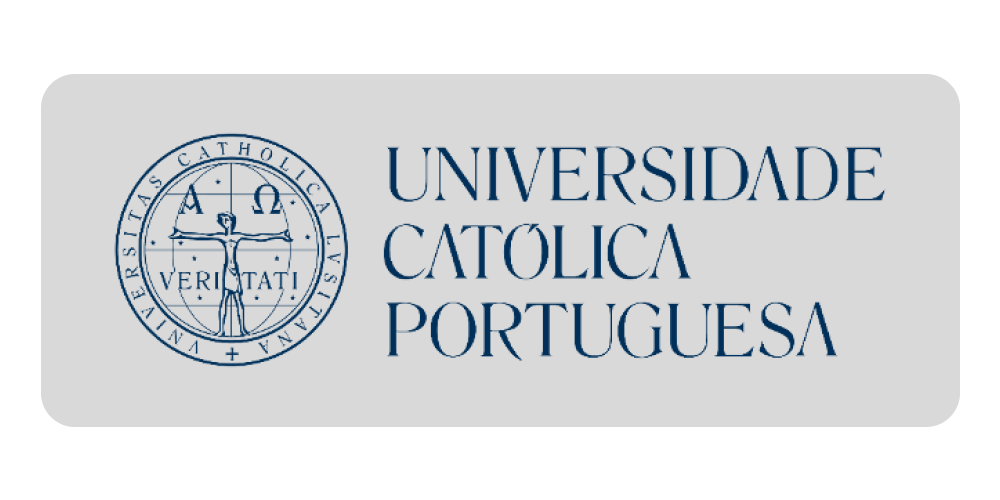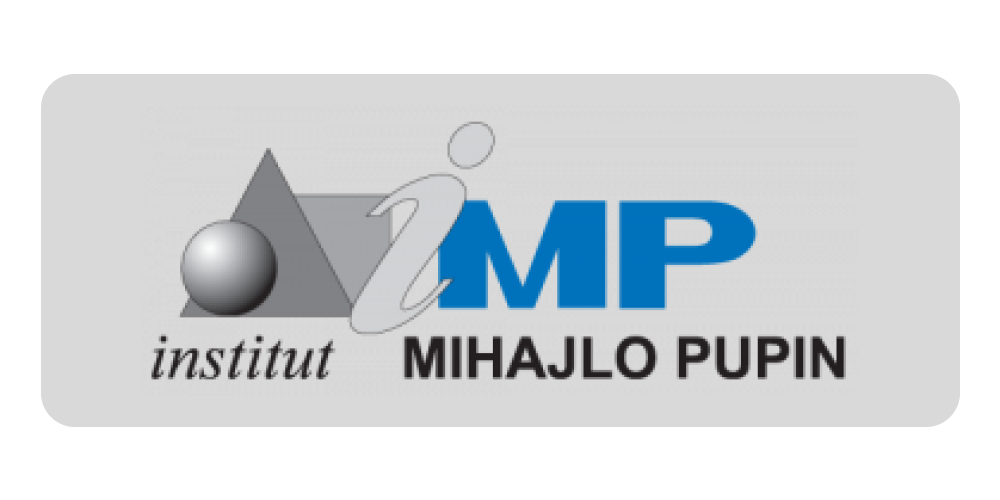2021
Croatian
U radu se daje kratki prikaz glavnih fonoloških i morfoloških značajki glogovničko-bilogorskoga dijalekta križevačko-podravskoga podnarječja kajkavskoga narječja.The Glogovnica-Bilogora dialect is located in the Glogovnica river basin, east
of Mount Kalnik, the Križevci area to Vrbovec, then Bilogora – in the south to
Cirkvena and east to Reka and Mosti, including also two enclaves in Moslavina
and a third enclave in Podravina. The Glogovnica-Bilogora dialect borders on the
Upper Lonian dialect to the west, the Podravina dialect to the east, and marginally
also the Varaždin-Ludbreg dialect to the north. To the north, south, and southeast
is the Štokavian area (the Koprivnica-Ludbreg-Križevci enclave and the Bjelovar
area).
The dialect developed from the initial state of the Križevci-Bilogora dialect
subgroup. Because it was surrounded and broken up by Neoštokavian dialects,
there is considerable interference.
The dialect exhibits all three typical Kajkavian features: OKA, the assimilations
ə = ě and ǫ = . It is distinguished from other dialects by the equation (ǫ = )
= u.
The accentual system is marked by the cross metatony of the basic Kajkavian
long accents as well as by the cross metataxis of the short accent. Considering the
progressive metataxis of the ictus, the dialect can be divided into three subdialects.
Some local Kajkavian dialects on Bilogora developed in contact with the local
Štokavian dialects. As the Štokavian adstratum is generally identical in features
to the standard language, it is sometimes difficult to say whence the Štokavian
features were imported
'Croatian Academy of Sciences and Arts'
The Glogovnica-Bilogora Dialect
U radu se daje kratki prikaz glavnih fonoloških i morfoloških značajki glogovničko-bilogorskoga dijalekta križevačko-podravskoga podnarječja kajkavskoga narječja.The Glogovnica-Bilogora dialect is located in the Glogovnica river basin, east
of Mount Kalnik, the Križevci area to Vrbovec, then Bilogora – in the south to
Cirkvena and east to Reka and Mosti, including also two enclaves in Moslavina
and a third enclave in Podravina. The Glogovnica-Bilogora dialect borders on the
Upper Lonian dialect...
Preuzmite dokument
Croatian
2021
 Lončarić, Mijo
Lončarić, Mijo






